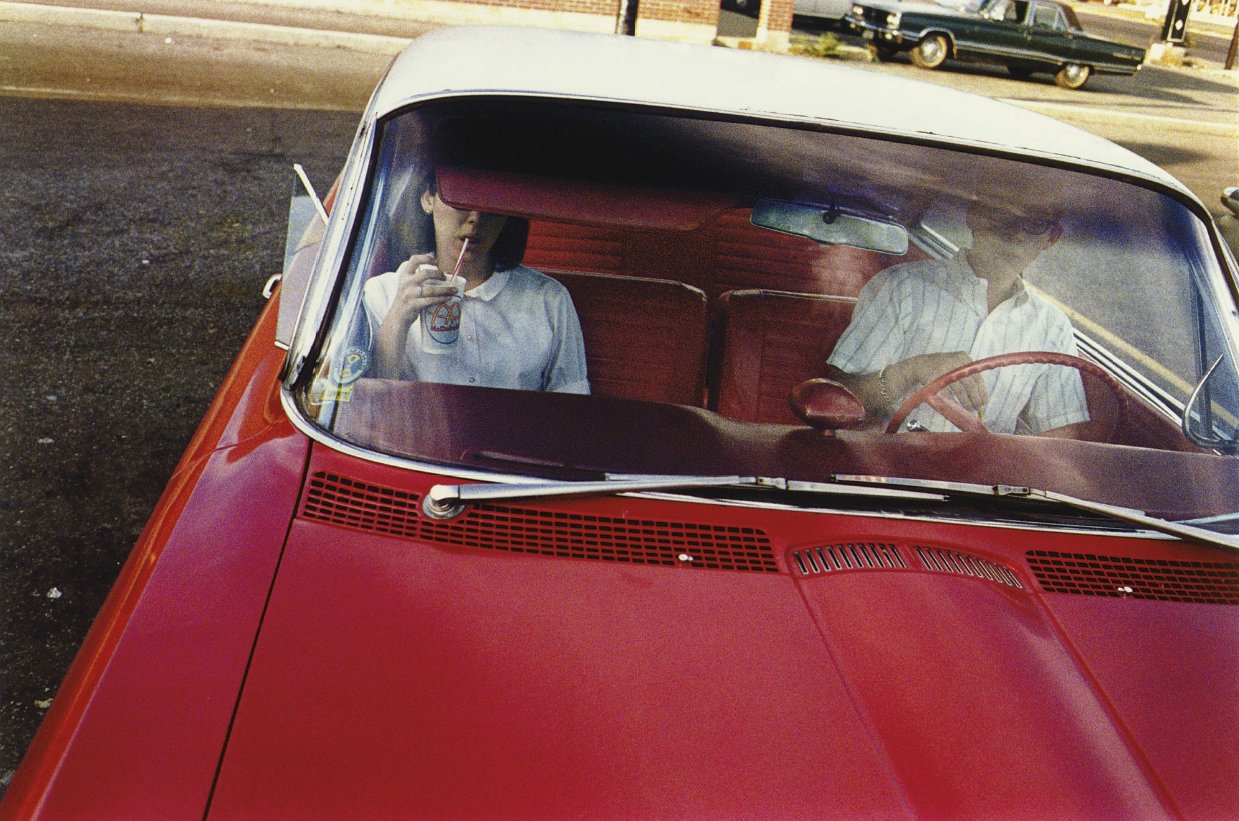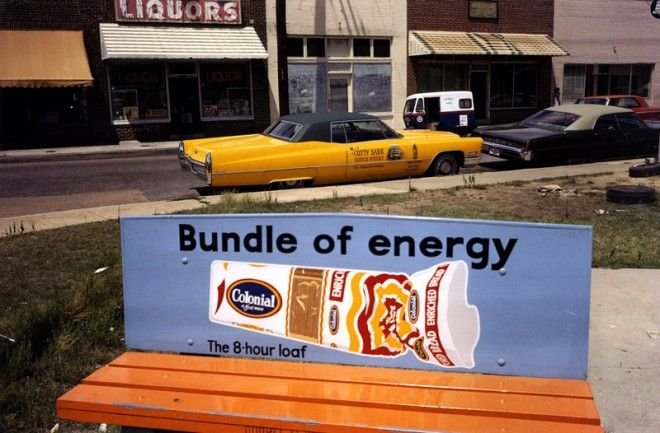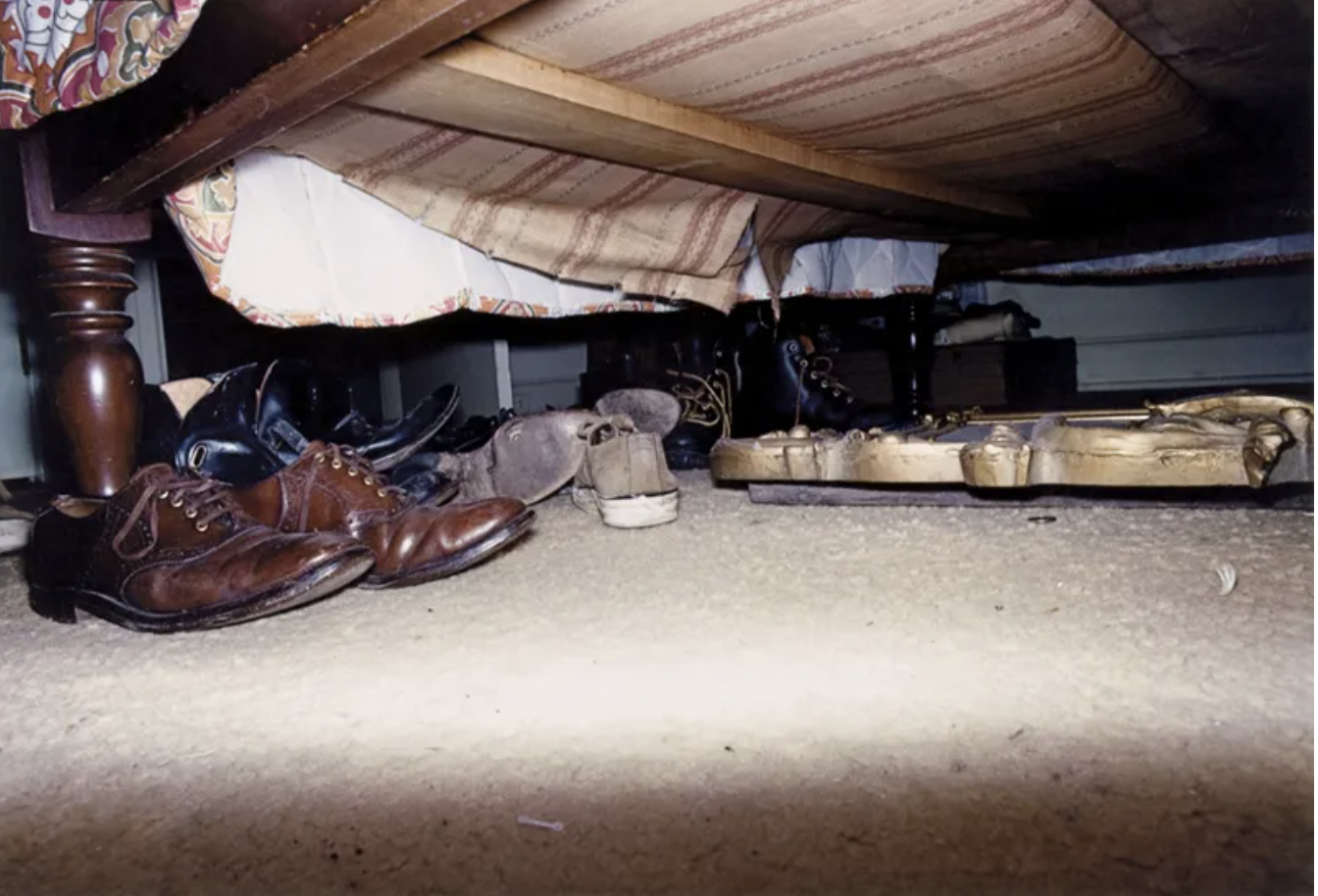Which is Better? Black and White or Colour?
“One very important difference between color and monochromatic photography is this: in black and white you suggest; in color you state. Much can be implied by suggestion, but statement demands certainty... absolute certainty.” Paul Outerbridge
"I have done no color of consequence for thirty years! I have a problem with color—I cannot adjust to the limited controls of values and colors. With black-and-white I feel free and confident of results". Ansel Adams
__________________________________________________
[4] William Eggleston
William Eggleston, born on July 27, 1939, in Memphis, Tennessee, is a renowned color photographer who has set an example of the significance of staying true to one's personal style and capturing what one loves. He is recognized for his aristocratic background and Southern charm, and is often depicted with a drink and cigarette in his hand.
At the age of 18, he got his first camera and started printing black and white photographs on his own. After using black and white film for a few years, Eggleston was introduced to color film by William Christenberry in 1965. He managed to create impactful photos that could evoke a sense of discomfort out of seemingly mundane subjects.
Eggleston, preferred to work with color slide film due to its saturated colors. He developed his style in complete isolation, and when he presented a suitcase containing his prints to John Szarkowski of New York's Museum of Modern Art in 1969, nobody had witnessed anything like it before.
In the early 1970s, Eggleston taught at Harvard and discovered the dye-transfer printing technique. Previously, this technique had only been used for commercial prints such as cigarette packaging. However, the color saturation and ink quality were unparalleled, and when Eggleston applied this technique to his own images, it resulted in some of his most celebrated work. His photography is known for its flashy colors and recurring motifs of American cars, road signs, kitsch objects, and fast-food restaurant condiments. Eggleston primarily focuses on capturing the beauty of everyday objects, marginal objects, that are often overlooked by society.
In 1976, William Eggleston held his first major photography exhibition at the Museum of Modern Art in New York. When he exhibited his hyper-saturated photographs, his style caused a stir in the photographic establishment of the time, which was still primarily focused on black and white documentary photography. Ansel Adams even wrote a letter of complaint to the MoMA, and the critics harshly criticized Eggleston. What was particularly disconcerting for them, besides his use of color, was Eggleston's attention to the banal, which followers of the 'decisive moment' deemed boring and insignificant. In photographs such as Red Ceiling, which is Eggleston's most famous photograph, there is neither action nor an identifiable subject, other than color. Eggleston's photographs may appear to be mundane, simple color recordings of his surroundings, but the light, composition, and colors are all carefully designed and executed. Eggleston believed that the critics simply didn't understand his work, which was meant to be unspectacular and a modern form of art. Despite the initial negative reviews, Eggleston's career began to gain worldwide recognition, and eventually, the critics apologized for their misguided opinions. And his "democratic gaze," has become deeply ingrained in our visual culture. Eggleston's impact has been felt by many notable photographers such as Stephen Shore, Martin Parr, and Nan Goldin, as well as filmmakers like Wim Wenders and Gus Van Sant.
His work is often described as esoteric, and he has been interviewed by many journalists who hoped to gain insight into his photographic process. However, Eggleston's explanations of his work are often deemed useless, as he prefers not to explain the meaning behind his shots.
Eggleston's focus has primarily been on using Canon and Leica rangefinders, with Kodachrome film being his preferred choice for its highly saturated colors. However, he has also used several other cameras throughout his career, including a Leica M6, M3, and R5, a Canon VT, a Contax G2, a Pentax reflex, an Olympus Stylus Epic, a Mamiya 6x9, a Fuji GW690 6x9, and a Hasselblad.
The latest retrospective at the National Portrait Gallery in London brings together all the portraits he has taken from the beginning of his career to today.
QUOTES:
“Often people ask what I’m photographing. It’s a hard question to answer. And the best I’ve come up with is, I just say, ‘Life today.'”
“I only ever take one picture of one thing. Literally. Never two. So then that picture is taken and then the next one is waiting somewhere else.”
"I want to make a picture that could stand on its own, regardless of what it was a picture of. I’ve never been a bit interested in the fact that this was a picture of a blues musician or a street corner or something. ”
“I never know beforehand. Until I see it. It just happens all at once. I take a picture very quickly and instantly forget about it.”
” I just wait until [my subject] appears, which is often where I happen to be. Might be something right across the street. Might be something on down the road. And I’m usually very pleased when I get the image back. It’s usually exactly what I saw. I don’t have any favorites. Every picture is equal but different.”
“I’ve always assumed that the abstract qualities of [my] photographs are obvious. For instance, I can turn them upside down and they’re still interesting to me as pictures. If you turn a picture that’s not well organized upside down, it won’t work.”
“Whether a photo or music, or a drawing or anything else I might do— it’s ultimately all an abstraction of my peculiar experience.”
“A picture is what it is and I’ve never noticed that it helps to talk about them, or answer specific questions about them, much less volunteer information in words. It wouldn’t make any sense to explain them. Kind of diminishes them. People always want to know when something was taken, where it was taken, and, God knows, why it was taken. It gets really ridiculous. I mean, they’re right there, whatever they are.”
” Whatever it is about pictures, photographs, it’s just about impossible to follow up with words. They don’t have anything to do with each other.”
“You become technically proficient whether you want to or not, the more you take pictures.”
“Photography just gets us out of the house.”
“I am at war with the obvious.”
“I had this notion of what I called a democratic way of looking around, that nothing was more or less important.”
“There is no particular reason to search for meaning.”
“You can take a good picture of anything. A bad one, too.”
“It quickly came to be that I grew interested in photographing whatever was there wherever I happened to be. For any reason.”
“I don’t have a burning desire to go out and document anything. It just happens when it happens. It’s not a conscious effort, nor is it a struggle. Wouldn’t do it if it was. The idea of the suffering artist has never appealed to me. Being here is suffering enough.”
” I don’t really look at other people’s photographs at all. It takes enough time to look at my own.”
” I don’t have favorites. I look at pictures democratically. To me they are all equal. ”
“I am afraid that there are more people than I can imagine who can go no further than appreciating a picture that is a rectangle with an object in the middle of it, which they can identify. ”
"He has been “at war with the obvious,” working in a “democratic forest” where everything visible is equally viable as subject matter. Trees, dirt, signs, houses, carpets, red ceilings, naked men, old men with guns, tricycles, etc. Working in this manner, he inspired many photographers to look no further than their immediate surroundings for inspiration. Then came digital cameras, and then the Internet, and then Flickr. Eggleston may have won the war with the obvious, but now the obvious is getting its revenge in the form of the millions of banal, boring, dull photographs that are bg uploaded to the web everyday. We don’t need to go far to find the ‘democratic forest,’ in fact, we may never be able to escape it." -- Bryan Formhals

























